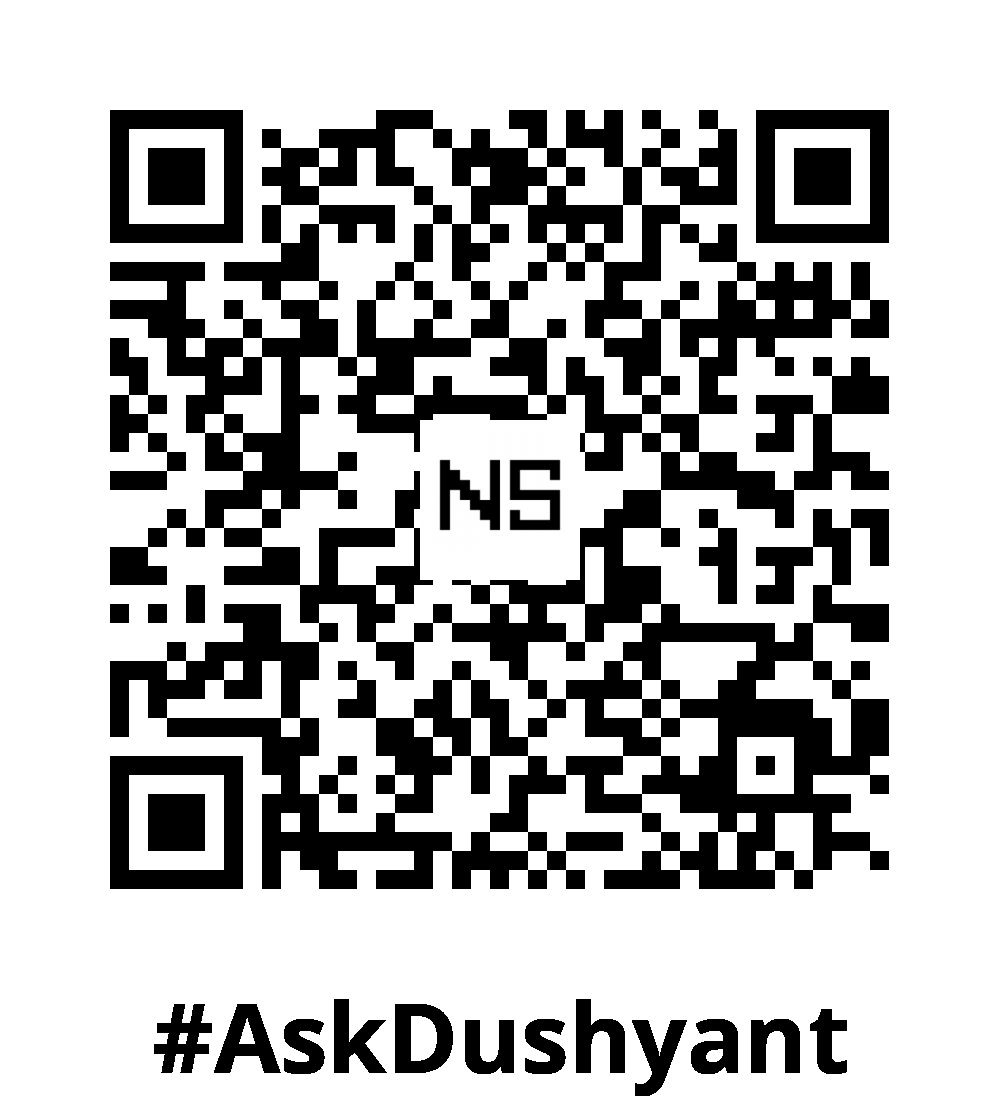Serialization and deserialization are fundamental concepts in programming that allow data to be converted into a format suitable for storage or transmission, and then restored back to its original form. In this Tech Concept, we delve into the concept of serialization and deserialization, explore their significance in the tech world, and discuss examples of their use cases in popular programming languages. We will also include code snippets in two top programming languages to illustrate the implementation of serialization and deserialization. Let’s get started!
Serialization:
Serialization refers to the process of converting data structures or objects into a format that can be easily stored, transmitted, or persisted. During serialization, the data is transformed into a byte stream or a string representation, allowing it to be written to a file, sent over a network, or stored in a database. Serialization is commonly used for data persistence, inter-process communication, and caching.
Deserialization:
Deserialization is the reverse process of serialization, where the serialized data is transformed back into its original form, reconstructing the data structure or object. Deserialization allows the retrieval and interpretation of serialized data, enabling its use within the program. It involves converting the byte stream or string representation back into objects or data structures that can be accessed and manipulated.
Usage in the Tech World:
Serialization and deserialization are widely employed in various areas of technology that includes:
- Network Communication: Serialized data can be transmitted over networks between different systems or applications, facilitating communication and data exchange.
- Data Storage: Serialized objects can be stored in databases or files, enabling long-term persistence and retrieval of complex data structures.
- Web Services: Serialization is essential in web services, where data is often exchanged in a serialized format such as JSON or XML.
- Caching: Serialized data can be cached in memory or on disk, allowing for quick retrieval and reducing the need for expensive database queries.
Examples of Use Cases:
Let’s explore two popular programming languages and their use cases for serialization and deserialization:
Java:
In Java, the java.io.Serializable interface is used for serialization. An example use case is storing and retrieving objects from a file:
// Serialization
FileOutputStream fileOutputStream = new FileOutputStream("data.ser");
ObjectOutputStream objectOutputStream = new ObjectOutputStream(fileOutputStream);
objectOutputStream.writeObject(objectToSerialize);
objectOutputStream.close();
// Deserialization
FileInputStream fileInputStream = new FileInputStream("data.ser");
ObjectInputStream objectInputStream = new ObjectInputStream(fileInputStream);
Object deserializedObject = objectInputStream.readObject();
objectInputStream.close();Python:
In Python, serialization can be achieved using the built-in pickle module. Here’s an example of pickling and unpickling an object:
import pickle
# Serialization (Pickling)
with open("data.pickle", "wb") as file:
pickle.dump(object_to_serialize, file)
# Deserialization (Unpickling)
with open("data.pickle", "rb") as file:
deserialized_object = pickle.load(file)Here’s an additional example showcasing serialization and deserialization of a data structure to a string:
import json
# Data structure
data = {
"name": "dushyant",
"age": 40,
"city": "India"
}
# Serialization to string
serialized_data = json.dumps(data)
# Deserialization from string
deserialized_data = json.loads(serialized_data)
# Accessing deserialized data
print(deserialized_data["name"]) # Output: dushyant
print(deserialized_data["age"]) # Output: 40
print(deserialized_data["city"]) # Output: IndiaIn this example, we use the json module in Python for serialization and deserialization. The json.dumps() function converts the data structure (data) into a JSON-encoded string (serialized_data), while json.loads() performs the reverse process by transforming the serialized string back into a data structure (deserialized_data). We can access the deserialized data as a Python dictionary and retrieve specific values as shown in the print statements.
Another example showcasing serialization and deserialization of a data structure to a string in Java using the java.util.Base64 class:
import java.io.ByteArrayInputStream;
import java.io.ByteArrayOutputStream;
import java.io.IOException;
import java.io.ObjectInputStream;
import java.io.ObjectOutputStream;
import java.util.Base64;
class Data implements java.io.Serializable {
String name;
int age;
String city;
}
public class SerializationExample {
public static void main(String[] args) {
// Data structure
Data data = new Data();
data.name = "dushyant";
data.age = 40;
data.city = "India";
// Serialization to string
String serializedData = serializeToString(data);
// Deserialization from string
Data deserializedData = deserializeFromString(serializedData);
// Accessing deserialized data
System.out.println(deserializedData.name); // Output: dushyant
System.out.println(deserializedData.age); // Output: 40
System.out.println(deserializedData.city); // Output: India
}
public static String serializeToString(Object object) {
try {
ByteArrayOutputStream baos = new ByteArrayOutputStream();
ObjectOutputStream oos = new ObjectOutputStream(baos);
oos.writeObject(object);
oos.close();
return Base64.getEncoder().encodeToString(baos.toByteArray());
} catch (IOException e) {
e.printStackTrace();
}
return null;
}
public static <T> T deserializeFromString(String serializedString) {
try {
byte[] bytes = Base64.getDecoder().decode(serializedString);
ByteArrayInputStream bais = new ByteArrayInputStream(bytes);
ObjectInputStream ois = new ObjectInputStream(bais);
Object object = ois.readObject();
ois.close();
return (T) object;
} catch (IOException | ClassNotFoundException e) {
e.printStackTrace();
}
return null;
}
}In this example, we define a Data class as a serializable object. The serializeToString() method serializes the object to a string using ObjectOutputStream and Base64 encoding. The deserializeFromString() method performs the reverse process by decoding the string, creating a ByteArrayInputStream, and reading the object using ObjectInputStream. Finally, we can access the deserialized data using the appropriate class properties.
My Tech Advice: Serialization and deserialization play vital roles in modern programming, allowing data to be stored, transmitted, and reconstructed efficiently. We explored the concepts of serialization and deserialization, discussed their significance in the tech world, and provided examples of their use cases in popular programming languages like Java and Python. By mastering these techniques, developers can leverage the power of serialization and deserialization to enhance data management, inter-process communication, and efficient data transfer in their applications. Embrace the potential of serialization and deserialization in your programming endeavors and unlock new possibilities for data manipulation and storage.
#AskDushyant
#TechAdvice #TechConcept #Serialization
Note: The example and pseudo code is for illustration only. You must modify and experiment with the concept to meet your specific needs.


Leave a Reply